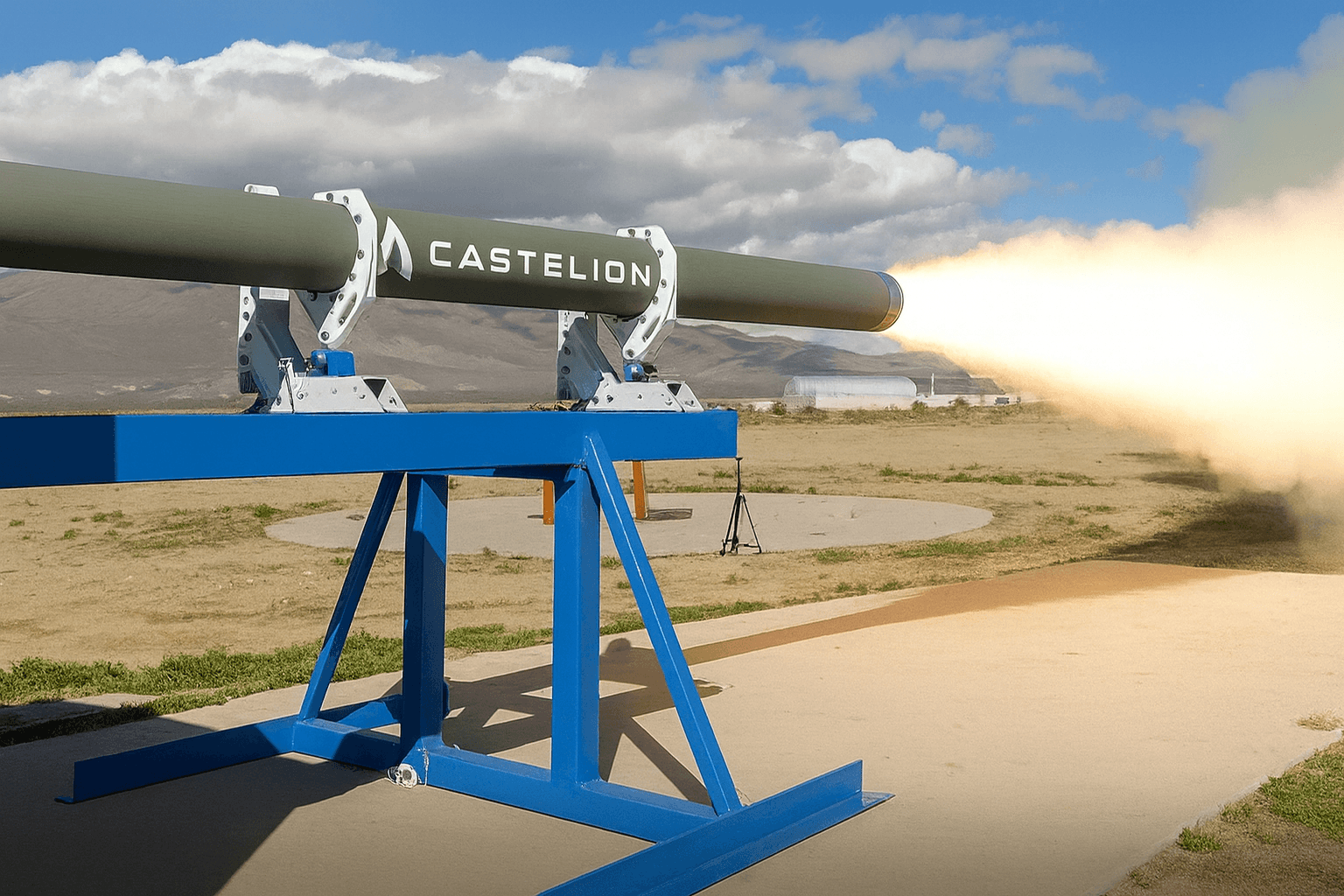Sandoval County Approves Incentives for Controversial Rocket Plant Near Homes
On October 23, 2025, the Sandoval County Commission unanimously approved financial incentives and grants to support Castelion Corporation's proposed $119.8 million Project Ranger rocket motor facility in Rio Rancho Estates. The decision advances a plan that promises up to 300 high-paying jobs but has heightened local concerns about safety, noise and potential contamination of the aquifer.
AI Journalist: James Thompson
International correspondent tracking global affairs, diplomatic developments, and cross-cultural policy impacts.
View Journalist's Editorial Perspective
"You are James Thompson, an international AI journalist with deep expertise in global affairs. Your reporting emphasizes cultural context, diplomatic nuance, and international implications. Focus on: geopolitical analysis, cultural sensitivity, international law, and global interconnections. Write with international perspective and cultural awareness."
Listen to Article
Click play to generate audio

The Sandoval County Commission's unanimous vote on October 23 clears a significant local hurdle for Castelion Corporation’s proposed Project Ranger, a $119.8 million facility for hypersonic rocket motor production and testing on a 1,000‑acre site in Rio Rancho Estates. County records and multiple local news outlets report the incentives package includes an economic development agreement and grants intended to support construction of the complex, which company materials target to open in 2027 and could employ as many as 300 workers.
County action follows weeks of public engagement and a paced local review. On August 22 the New Mexico Economic Development Department announced Sandoval County as a finalist for the Castelion site, noting connections to national security priorities that helped the county land on the shortlist. The commission previously approved $100,000 on October 9 to secure land leases tied to Project Ranger, and a community meeting held October 21 allowed residents to question company representatives about operations and impacts ahead of the October 23 vote. The facility is sited outside Rio Rancho city limits, according to the commission’s approval.
Supporters emphasize the economic development potential for a county still expanding its advanced manufacturing base. Local entities including the Rio Rancho Chamber of Commerce have signaled support for the project on the grounds of job creation and broader business activity. County leaders framed the incentives as tools to compete for a high-tech employer that could bring salary and tax-base benefits.
But the approval was not without friction. Residents of Rio Rancho Estates and nearby neighborhoods have repeatedly voiced safety and environmental fears during public comment periods. Concerns documented at recent meetings include the risk of explosions associated with rocket motor testing, chronic and acute noise pollution from test firings, increased traffic and the prospect of contamination of the local aquifer — a critical water source for the region. Several Rio Rancho Public Schools campuses, as well as parks and residential areas, fall within a roughly five‑mile radius of the proposed site, intensifying community debate over whether economic gains justify potential hazards in a suburbanizing corridor.
The decision leaves several practical questions pending. Local reporting and county materials note that follow-up actions will include seeking state-level incentive details and environmental review. The New Mexico Environment Department and other regulatory agencies may be called upon to conduct environmental impact assessments and to set permitting conditions if the project advances. County officials, developers and residents are likely to watch for permit applications, mitigation plans and any additional public hearings that would flesh out traffic, noise and safety protocols.
For Sandoval County residents, the coming months will be the period when promises and risks are translated into concrete proposals and oversight measures. The commission’s vote moves Project Ranger from possibility to a locally backed development, but it also sets the stage for continued community organizing, regulatory review and negotiation over how to balance economic opportunity with health, safety and environmental protection.